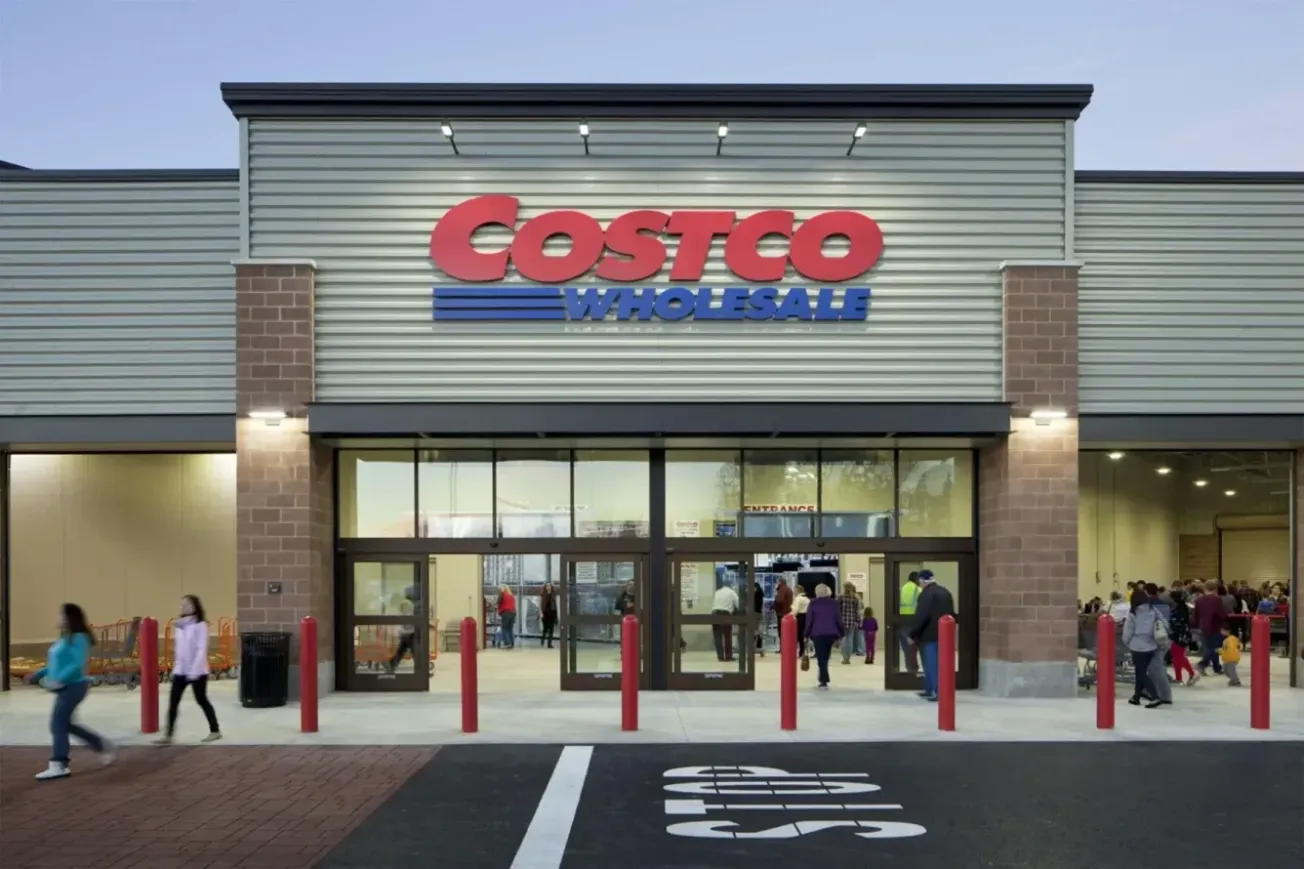WASHINGTON — The National Retail Federation (NRF) expects retail sales in the holiday months of November and December to increase between 3.8% and 4.2% from last year’s level.
Holiday sales of between $727.9 billion and $730.7 billion would represent a slight improvement over the five-year average of a 3.7% increase, NRF said early this month.
“The U.S. economy is continuing to grow, and consumer spending is still the primary engine behind that growth,” said Matthew Shay, the federation’s president and chief executive officer.
NRF said it said it is expecting online and other non-store sales to increase between 11% and 14% over last year.
NRF’s holiday forecast is based on an economic model that takes into consideration a variety of indicators including employment, wages, consumer confidence, disposable income, consumer credit and previous retail sales. Its figures exclude sales at automobile dealers, gasoline stations and restaurants.
The NRF forecast is in line with Coresight Research’s expectation of a 4% bump in 2019 holiday sales.
“A steady economic backdrop frames this year’s holiday shopping season. Higher wage growth and lower gas prices point to the potential for higher sales,” the research firm said in its “US Retail Outlook.”
Coresight projects the increase despite “the shortest possible holiday calendar,” with six fewer days between Thanksgiving and Christmas than in 2018. Overall, Coresight foresees a mixed outlook for U.S. retailers, partly because of economic headwinds around tariffs and hints of recession but also due to the impacts of 24/7 shopping and online purchasing.
“We see the ongoing trend of holiday shopping becoming less important to key retailers: The season accounted for almost 24% of all sales in the late 1990s, but has slowly but steadily slipped to 21% and we expect that trend to continue,” the report said.
Shay said NRF also sees risks to its forecast, specifically around issues including trade, interest rates, global risk factors and political rhetoric. “Consumers are in good financial shape, and retailers expect a strong holiday season. However, confidence could be eroded by continued deterioration of these and other variables,” he said.
NRF said the effect of tariffs on holiday spending remains to be seen. Nearly four in five consumers surveyed for NRF in September were concerned that tariffs will cause prices to rise.
Some holiday merchandise — including apparel, footwear and televisions — is subject to new tariffs that took effect September 1, and other products will have the tariffs applied on December 15. Retailers are using myriad mitigation tactics to limit the impact on consumers, and the impact will ultimately vary by company and product, NRF said.
NRF is expecting retailers to hire between 530,000 and 590,000 seasonal workers this year, compared with 554,000 in 2018. Target has said it plans to hire 130,000, up from 120,000 last year. Macy’s, Kohl’s and Gap are also adding seasonal workers. Atlanta-based United Parcel Service said it expects to hire about 100,000 workers to handle the avalanche of packages shipped between Thanksgiving and Christmas.





